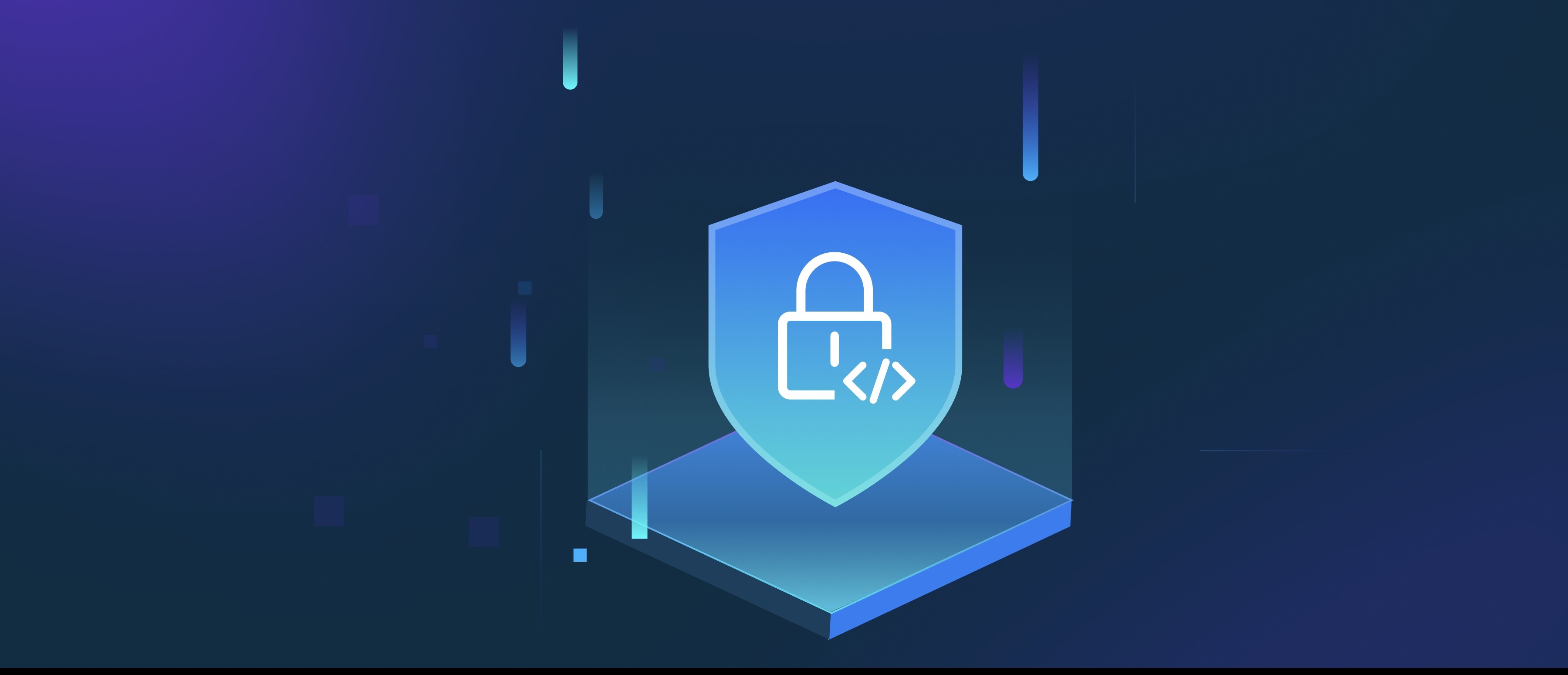The main components of a diffusion model typically include the noise scheduler, neural network architecture, and the training process. These components work together to generate new data by simulating a process where data is gradually transformed into noise and then reconstructed back into data. Understanding each component is crucial for developers looking to implement or modify diffusion models in their projects.
Firstly, the noise scheduler is an integral part of the diffusion model. It dictates how noise is added to the data at each step of the diffusion process. In practice, this means that the model progressively corrupts the data during training by introducing random noise over a fixed number of steps. For instance, in a popular implementation, an image may start as a clear picture and, after several steps, end up as random noise. The noise scheduler is typically parameterized to control both the speed and amount of noise introduced, providing flexibility in how the diffusion process unfolds.
Secondly, the neural network architecture is responsible for learning how to reverse the noise process. Common architectures include convolutional neural networks (CNNs) or attention-based models that are trained to predict the original data from noisy versions. Developers often use architectures like U-Net, which can efficiently process images and is effective for tasks requiring high-resolution outputs. Training involves optimizing the model to minimize the difference between the predicted clean data and the actual clean data at various noise levels, usually using techniques like mean squared error loss. Once trained, the model can generate new samples by starting with random noise and iteratively refining it into coherent outputs.
The combination of these components—the noise scheduler, neural network architecture, and training method—forms the backbone of diffusion models. Each plays a critical role in ensuring that the model can learn to transform random noise back into meaningful data, making it a versatile tool in tasks such as image generation and other creative applications. Understanding how to manipulate these components allows developers to create tailored solutions that meet specific goals in their projects.
